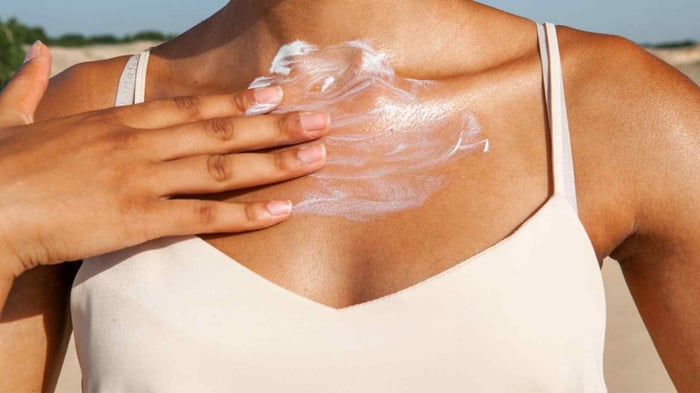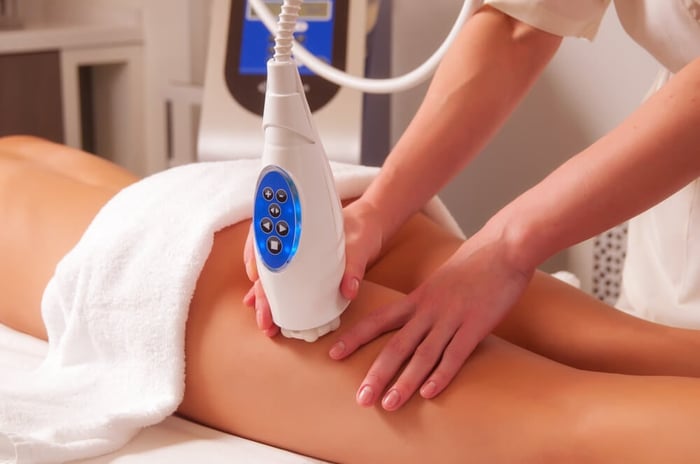Dark spots are just a part of life, especially if you are like me and enjoy being outdoors as much as possible.
That’s one reason I moved to a state that gets nearly 300 days of sunshine a year.
The health benefits of the sun’s rays are well-documented and numerous. From helping your body produce Vitamin D, which builds strong bones, reduces inflammation and boosts your immune system, to alleviating depression, the sun does a whole lot of good.
But like with anything, too much of a good thing can turn out to be not such a good thing after all.
The sun’s UV rays wreak havoc on our skin, causing dark spots from sun damage.
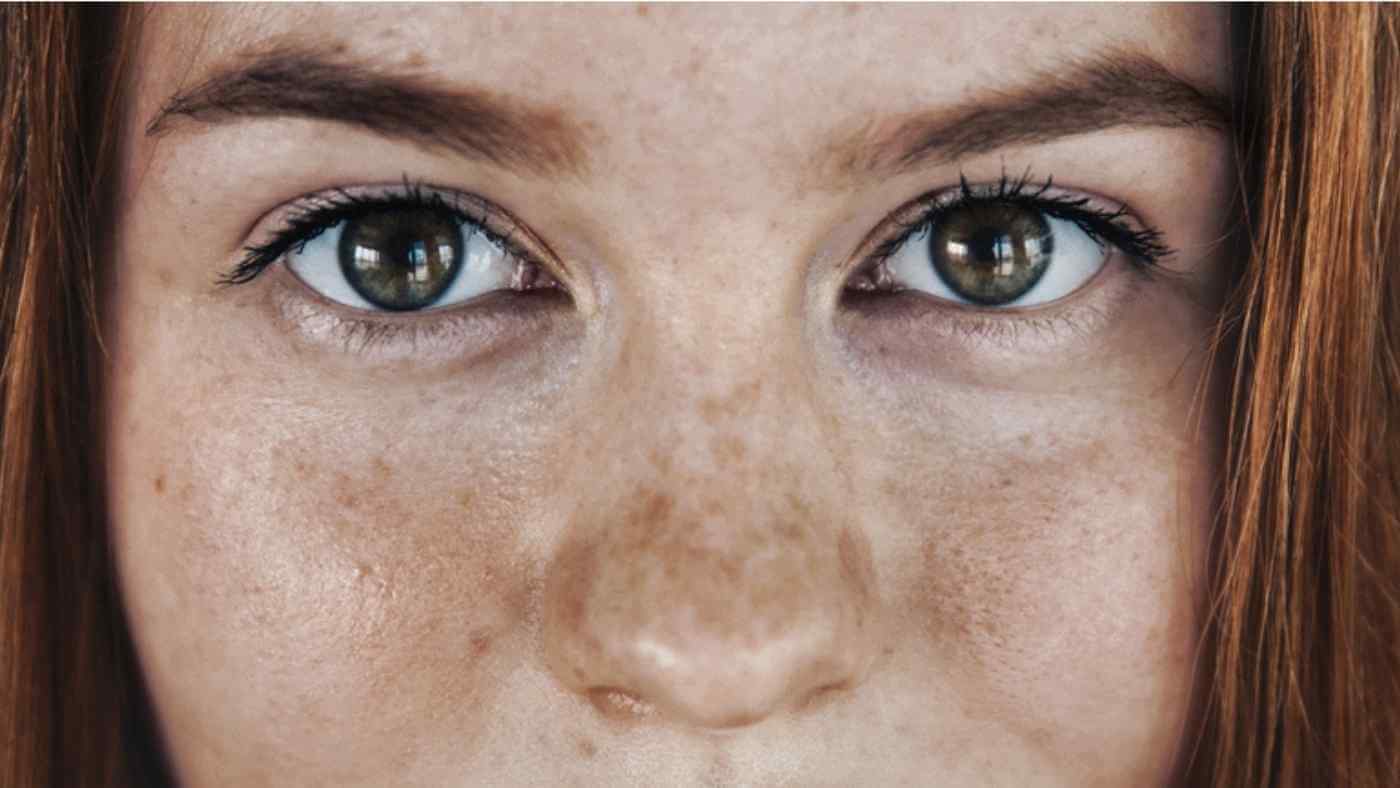
What Are Dark Spots?
Dark spots, age spots, liver spots, melasma, sun spots, hyperpigmentation, whatever you want to call it, these darkened areas of our skin are most often caused by too much sun exposure.
They begin to show up as we age, and are most common after age 40. They can appear anywhere on our bodies where we have gotten a lot of sun exposure, most noticeably on our face, neck, chest, shoulders, arms, and the backs of our hands.
As we get older, our bodies naturally lose collagen, that tough, fibrous protein that is part of our connective tissue and gives our skin its elasticity. The loss of collagen makes our skin thinner and more vulnerable to damage.
The sun’s UV rays also destroy collagen, so as we age, our skin is getting hit with a double whammy of collagen-destroying action when we overexpose ourselves to the sun.
Professional Treatment for Dark Spots
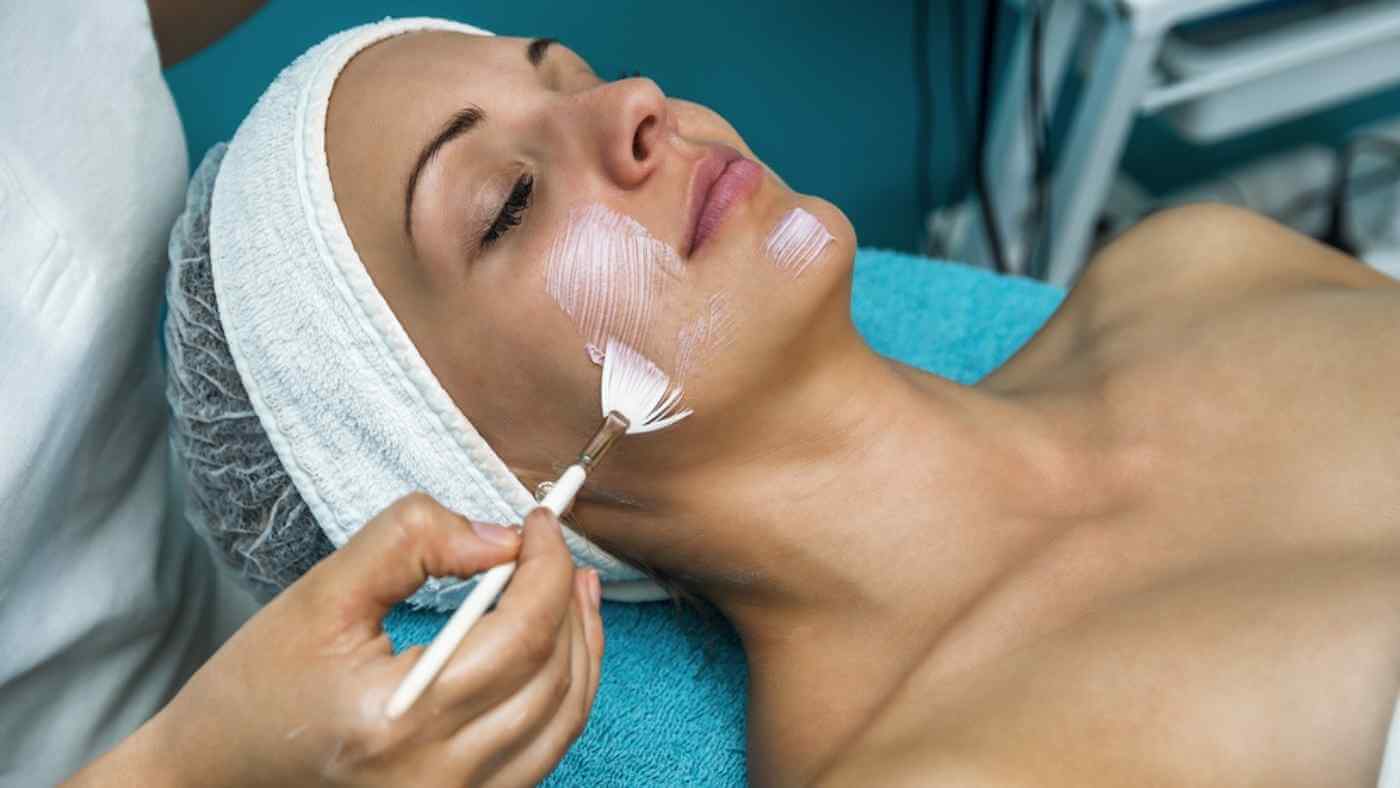
Professional treatments are almost always your best best for permanently erasing signs of sun damage. The best time to seek professional dark spot treatment is when you plan to be out of the sun, like the fall and winter, and many of these treatments can make your skin ultra-sensitive to sun exposure. Here are some of our favorite, proven treatments for dark spot removal.
-
Microdermabrasion — A special diamond-tipped applicator is used to gently sand the surface of your skin, getting rid of dead skin cells to reduce the appearance of fine line, wrinkles, age spots, and scars. Other versions use a different applicator to spray fine crystals onto the surface of your skin and suction up the dead skin cells to give your skin a renewed refreshed look.
-
Chemical peels — Glycolic acid is applied to the skin to exfoliate and dissolve the lipids that bind dead skin cells together. It also suppresses the production of melanin, which helps to reduce dark spots. Several treatments may be needed, but it is shown to effectively improve photoaging of skin by reducing fine lines and dark spots and improving skin tone and texture. Chemical peel pads are available for at-home use.
-
Laser therapies — Pulsing beams of light are directed at wrinkles, scars, and discolorations, removing the outer layer of skins and heating the underlayer to stimulate collagen growth. The IPL facial (Intense Pulsed Light) zaps sunspots by heating and destroying the melanin, which removes the discoloration. Multiple sessions may be needed.
- Cryotherapy — The deep freezing of tissue is used to treat a variety of medical issues, from warts, skin tags, and dark spots, to cervical cancer. The cold kills the damaged cells and encourages new cell growth.
Keep in mind your skin will be ultra-sensitive after any of the above treatments so take extra precautions to protect it from the sun.
At-Home Treatments for Dark Spots

From holistic at-home treatments and over-the-counter and prescription-strength creams to professional cosmetic treatments, there are many options for zapping those age spots into oblivion.
We’re going to go over the options, tell you how each works and how effective they are, (along with the risks!) to help you find the best sun damage dark spot corrector for you.
-
Lightening creams — Over-the-counter and prescription creams and dark spot correctors that contain hydroquinone (a bleaching agent) and glycolic acids (an alpha-hydroxy acid used in chemical peels) are effective at fading dark spots if used regularly for about six months. But be aware that hydroquinone is not without risks and should be used cautiously.
-
Retinoids — These combat wrinkles by speeding up cell turnover, which also helps reduce skin discoloration. Don’t expect those dark spots to disappear overnight though, as it can take several months to see results. Retinoids can also be incredibly drying and will make your skin more sensitive to the sun, so be sure to moisturize and layer on the SPF.
-
Topical vitamin C — A safe and effective natural antioxidant, Vitamin C has many skincare benefits. Among them— It helps promote collagen production (good for skin elasticity) and fades dark spots with noticeable results in just a few weeks.
-
At-home exfoliation — Since aging and sun damage both slow down the rate of cell turnover, regularly exfoliating your skin will help clear away dead skin cells, which will help your skin better absorb those skin care products to help fade dark spots. As always, know your skin type and the best exfoliator for you to avoid overdoing it and damaging your skin more!
-
Holistic — If you prefer all-natural remedies, there are plenty of ingredients right in your kitchen that can help fade dark spots, with varying results. While many of these ingredients have shown promise at helping to remove dark spots, a lack of clinical studies means more research is needed.
-
Lemon — The vitamin C in lemon juice helps bleach dark spots .
-
Milk/Buttermilk/Soymilk — The lactic acid in these gently lightens sunspots.
-
Honey — Helps treat a variety of skin conditions including acne, scars, and dull or dry skin.
-
Apple cider vinegar — The acetic acid may help lighten skin pigmentation.
-
Green tea — The extract has been proven to have a depigmentation effect.
-
Licorice extract — improves hyperpigmentation by dispersing melanin.
Clouds, Indoors, and UV Rays
Did you know your skin is still being exposed to those damaging UV rays even when the sun is not shining?
Without getting too science-y on you, more than a dozen studies have shown that clouds can actually, at times, enhance UV radiation.
So, don’t forget the SPF, even on those cloudy days.
Think you’re safe from those skin-damaging rays indoors?
Ha! Not exactly!
While glass blocks the UVB rays, more than 50 percent of UVA rays—the ones that cause premature skin aging—penetrate glass.
So, whether you are going to sit by a window all day at work, or get behind the wheel to head off on a road trip, layer on the SPF—from the tip of your nose to the tops of your ears (if they aren’t covered by your hair), as my mom found out when she had to have surgery for skin cancer on her ear.
And don’t forget the backs of your hands!
But, if you are like me, you learned your lesson a little too late and now, you find yourself looking down at the backs of your hands and wondering who they belong to!
Mine seem to have out-aged my face! They make me feel just a little bit older than I would like.
But it's great to know about all of the professional and at-home treatments for dark spots, so help is definitely within reach.
How to Prevent Dark Spots
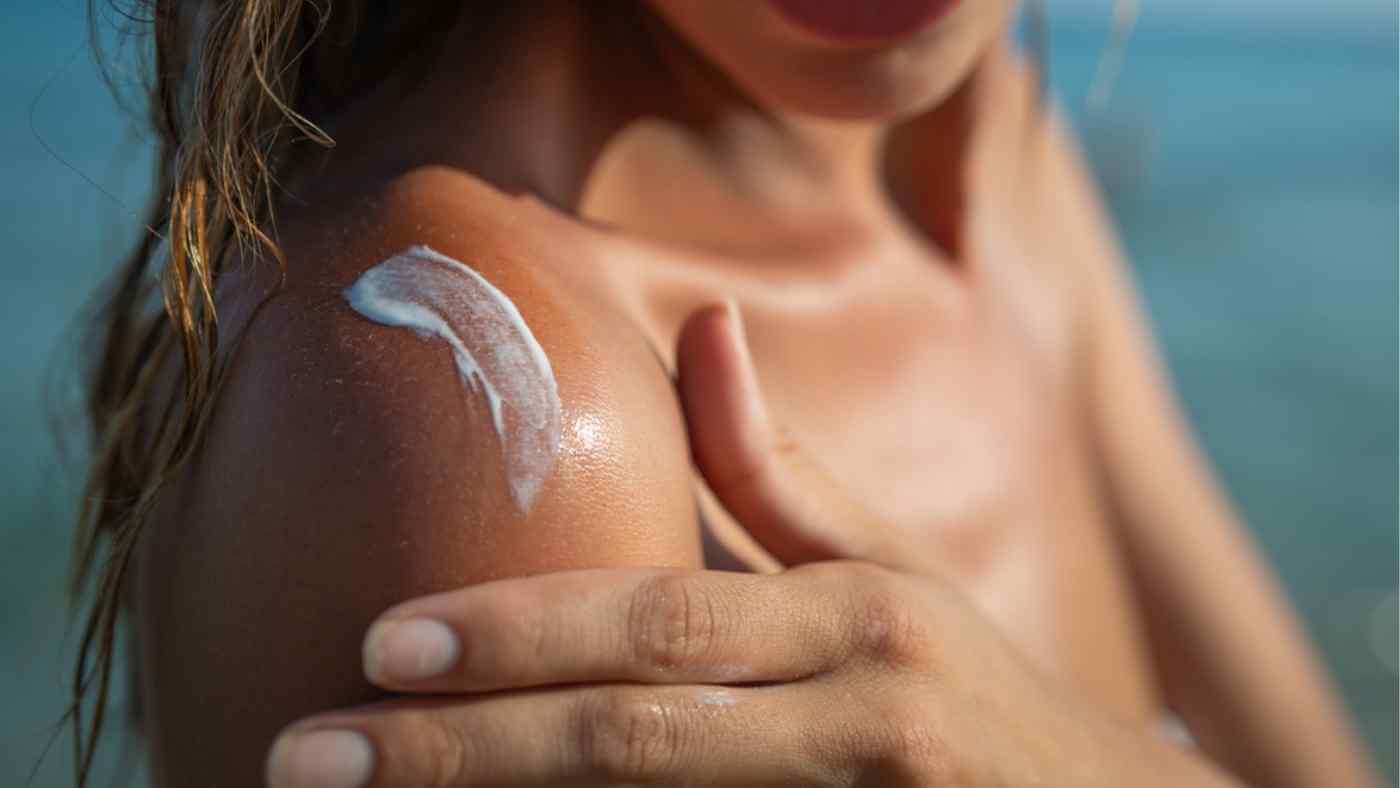
Prevention, of course, is the best medicine, rather than figuring out how to get rid of dark spots from sun damage later.
If you live in a Sun Belt state like me, you already know the safe sun basics :
-
Avoid the sun during the hottest part of the day, usually between 10 a.m. and 2 p.m.
-
Use sunscreen with 30 SPF or higher everyday, all year round
-
Be aware of sun sensitivity from any skincare products you are using
-
Always carry a hat (one that covers your ears and neck is ideal)
-
Wear sun-protective clothing when spending extended time outdoors
-
Keep plenty of water with you and stay hydrated
Conclusion
Now that you know all about those pesky dark spots, how they got there, and how to get rid of them, you also know that prevention is the best treatment.
And, it’s never too late to start. So, grab a hat, layer on the SPF, and fill that water bottle, then head outside to enjoy all the benefits of that sunshine—safely!
You’ll preserve your youth a little longer, and protect yourself from skin cancer.


